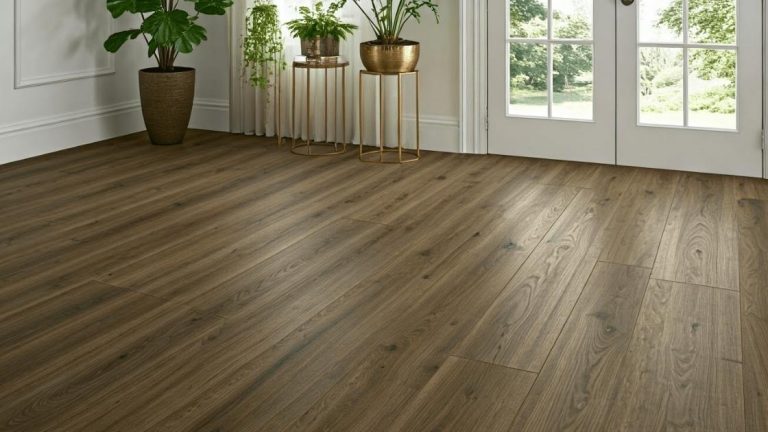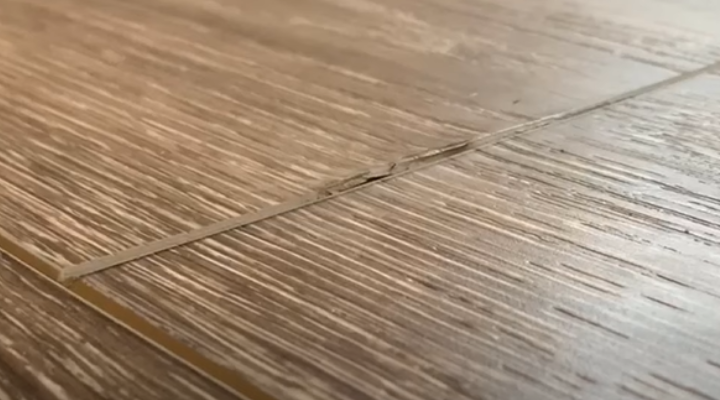How to Install Subfloor Over Existing Floor in 5 Easy Steps
Installing a subfloor over an existing floor can seem like a daunting task, but with the right tools, preparation, and technique, it’s a straightforward project that can save you time and money. Whether you’re renovating a room or trying to fix an old, damaged floor, adding a subfloor is an essential step before laying down your final flooring. In this article, we’ll guide you through the process of how to install a subfloor over an existing floor, from preparing your space to the final touches.
Preparing the Space
Before you start installing your subfloor, it’s essential to make sure the existing floor is in good condition. This step ensures that your new subfloor is stable and secure, providing a strong foundation for your new flooring.
Inspect the Existing Floor
The first thing you need to do is inspect the current floor. Make sure there are no loose or damaged boards, and that the surface is relatively level. If you find any damaged sections, you will need to replace or repair them before proceeding. This step is critical to prevent any structural issues once the new subfloor is in place.
Clean the Floor
Once you’ve inspected the floor, it’s time to clean it thoroughly. Dust, debris, and grease can affect the adhesion of adhesives and cause the subfloor to not bond properly. Sweep or vacuum the floor to remove any dirt. If the existing floor is particularly grimy, consider mopping it as well. A clean surface is crucial for a successful installation.
Choosing the Right Materials
Choosing the right materials for your subfloor is crucial for ensuring the longevity and stability of the final flooring. There are different options available, each with its benefits.
Plywood or OSB?
The two most common materials used for subfloors are plywood and oriented strand board (OSB). Both are sturdy options, but they have some differences that might influence your decision:
- Plywood is often more durable and resistant to moisture but can be more expensive.
- OSB is typically more affordable but may not perform as well in high-moisture areas like bathrooms.
Consider your budget and the environment where the floor will be installed when choosing between these two materials.
Additional Tools and Materials
You will need more than just subfloor material to get the job done. Make sure you have the following:
- Construction adhesive
- Screws or nails (preferably screws for a more secure fit)
- Tape measure
- Circular saw (if cutting the subfloor to size)
- Screwdriver or drill
- Wood shims (if leveling is needed)
Laying the Subfloor Over the Existing Floor
Once you’ve prepared the space and chosen your materials, it’s time to start laying the subfloor. This is where the real work begins, and getting it right will ensure that your final flooring is secure and long-lasting.
Start by Applying Adhesive
Begin by applying a layer of construction adhesive to the existing floor. This adhesive will help secure the subfloor to the original floor, preventing it from shifting or moving over time. Be sure to apply the adhesive evenly across the entire floor area. Avoid over-applying, as this can cause a mess when laying down the subfloor.
Cut the Subfloor to Fit
If your room isn’t a standard shape, you may need to cut the subfloor material to fit. Using a circular saw, cut the plywood or OSB to the correct dimensions. If you’re working with multiple sheets of subfloor, make sure the cuts are clean and straight to avoid gaps between the sheets.
Lay the First Sheet of Subfloor
Once the adhesive is in place, begin laying down the first sheet of subfloor. Position it in the corner of the room and press it down onto the adhesive. Make sure the edges are flush with the walls. If the subfloor is large, you may need help to move and position the sheets correctly.
Stagger the Seams
As you continue laying down the subfloor, ensure that the seams of each sheet are staggered. This means the edges of each sheet should not line up directly with the edges of the previous one. Staggering the seams helps distribute weight more evenly, creating a stronger and more stable floor.
Secure the Subfloor
After positioning each sheet of subfloor, secure it with screws or nails. Screws are typically the better choice because they provide a more secure hold. Be sure to place the screws or nails every 6 to 8 inches along the edges of the sheets and every 12 inches in the middle. This ensures the subfloor is tightly secured to the existing floor.
Ensuring a Level Surface
A key part of installing a subfloor over an existing floor is ensuring that the surface is level. If the original floor is uneven, it’s essential to take steps to correct this before proceeding.
Use Shims for Uneven Areas
If the floor is not level, you can use wood shims to help level it out. Shims are thin pieces of wood that can be inserted under the subfloor to raise it and create an even surface. Place shims where necessary, ensuring that they’re snug and won’t shift once the subfloor is in place.
Check for Gaps
After laying the subfloor, check for any visible gaps between the subfloor sheets. Gaps can weaken the structure and create potential problems with your new floor. If you notice any gaps, you may need to add additional screws or adjust the subfloor sheets slightly to eliminate them.
Finalizing the Subfloor Installation
Once the subfloor is laid and secured, the final steps involve making sure everything is tight, secure, and properly aligned.
Apply Additional Adhesive (if needed)
If you notice any areas where the subfloor isn’t adhering well, you can apply additional construction adhesive. Be sure to spread it evenly to avoid bumps or uneven spots.
Trim the Edges
If the edges of the subfloor extend beyond the walls, trim them to fit. Use a circular saw to make clean cuts along the perimeter of the room. The subfloor should be flush with the walls, ensuring a neat finish.
Inspect the Floor
Before you proceed with installing your final flooring, thoroughly inspect the subfloor. Check for any loose screws, uneven areas, or potential issues that may need to be addressed. A strong subfloor will ensure the longevity of your flooring.
Conclusion: Completing the Subfloor Installation Process
Installing a subfloor over an existing floor is a practical and cost-effective way to improve the stability of your flooring. By following the proper steps—preparing the space, choosing the right materials, laying the subfloor correctly, and ensuring a level surface—you’ll create a solid foundation for your final flooring. Taking the time to do it right now will save you from costly repairs or premature wear in the future.
With the right preparation and attention to detail, installing a subfloor over an existing floor can be a manageable DIY project. The result will be a secure, level base that will last for years and provide a stable surface for your new flooring.




